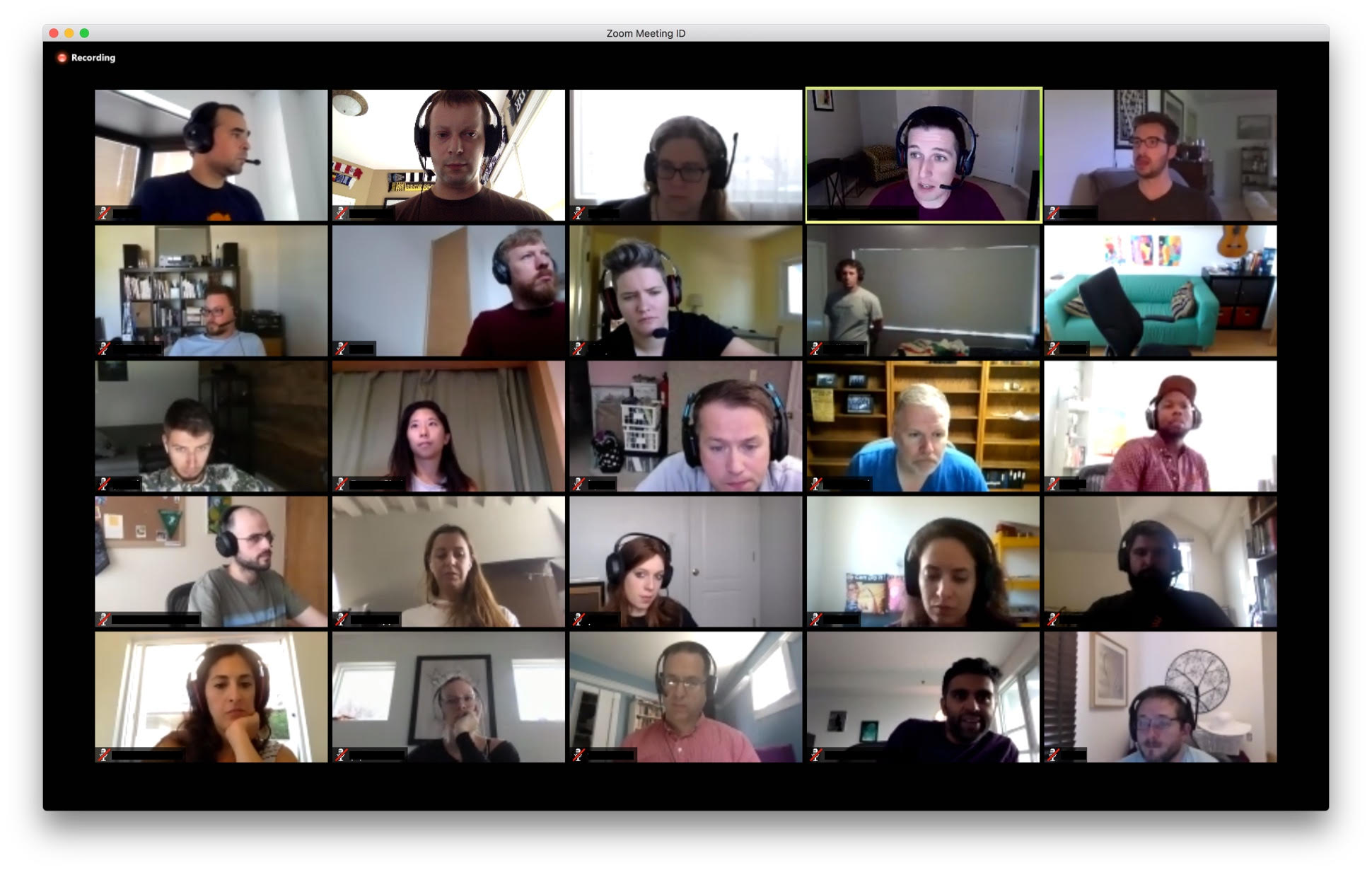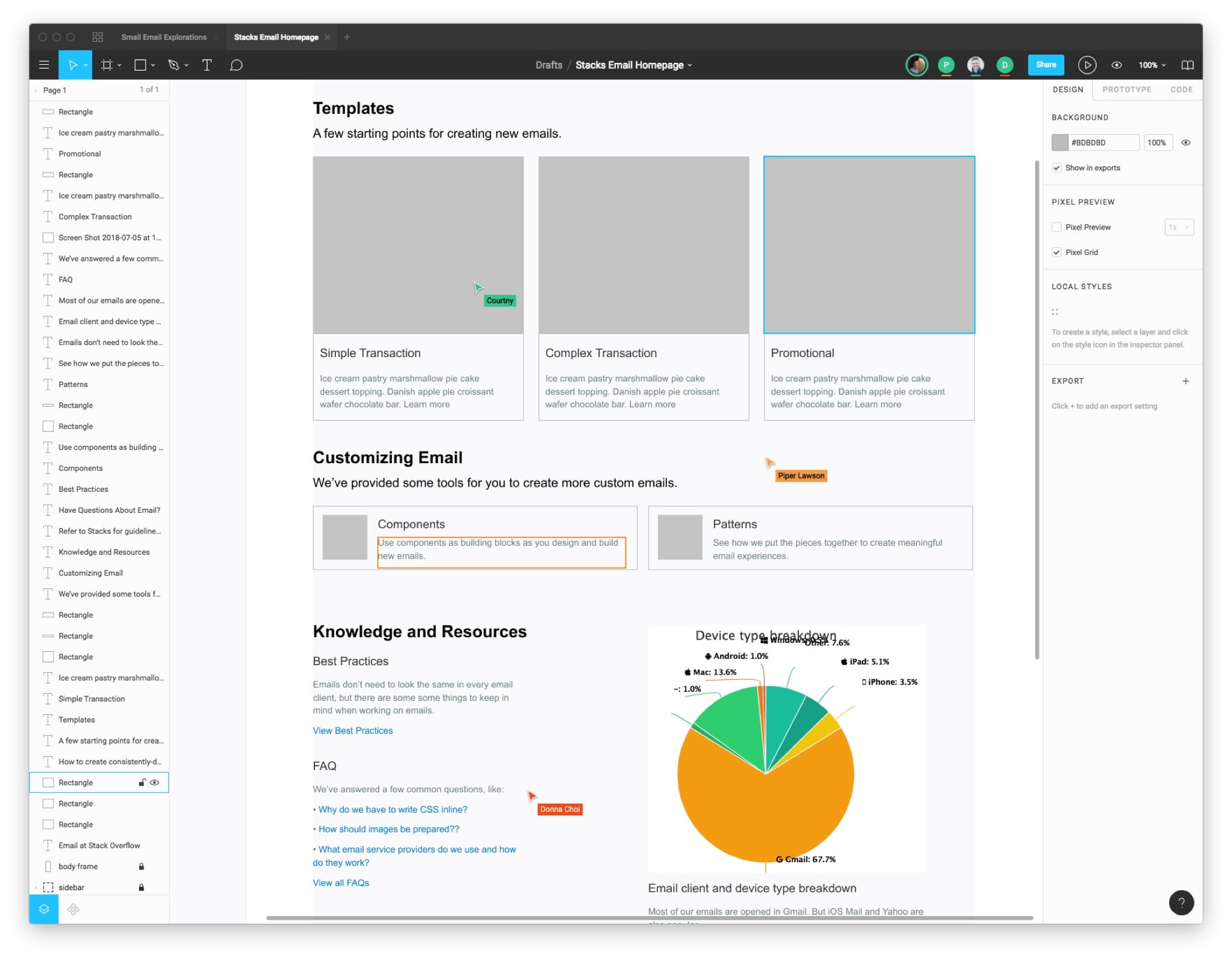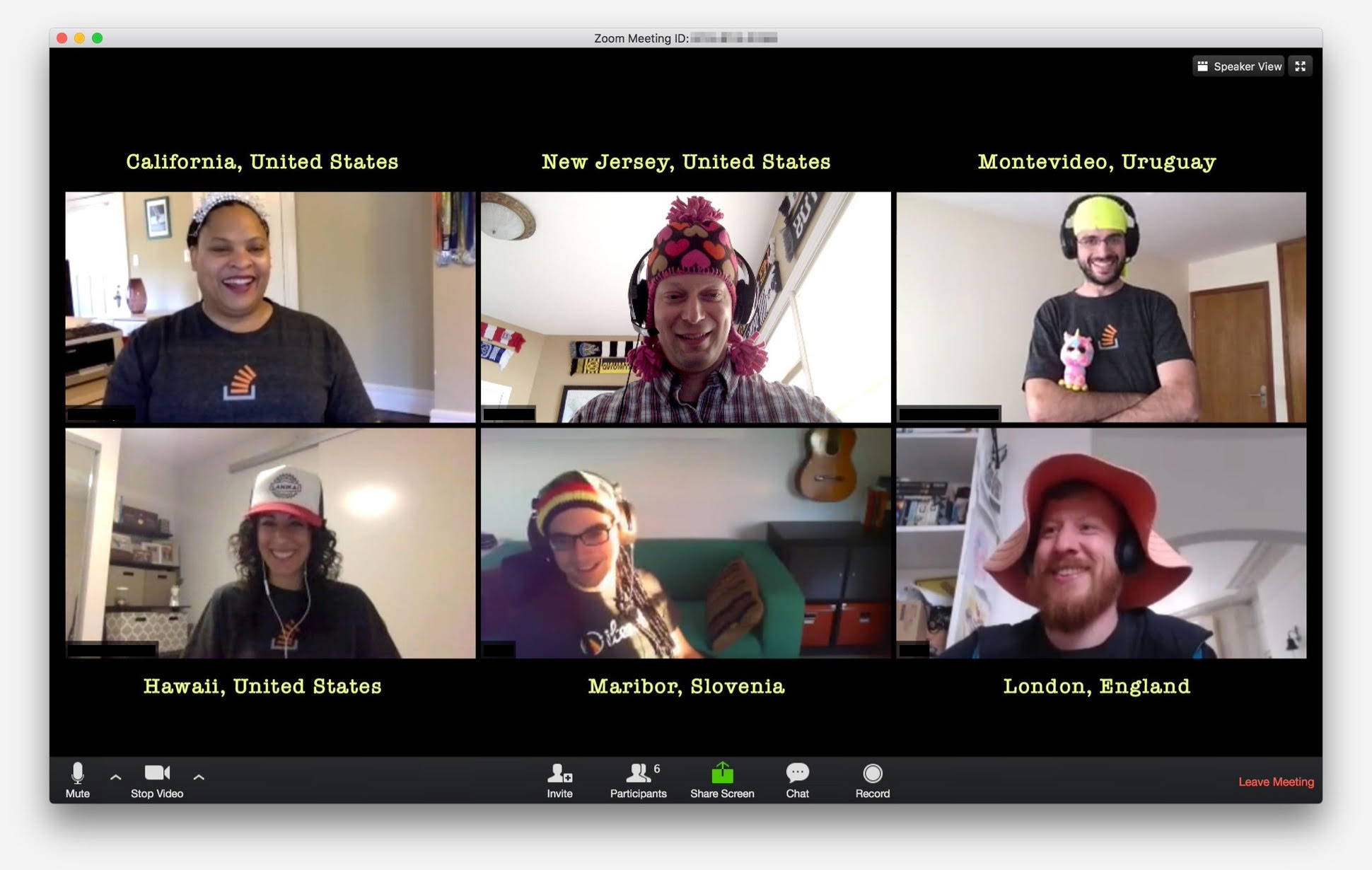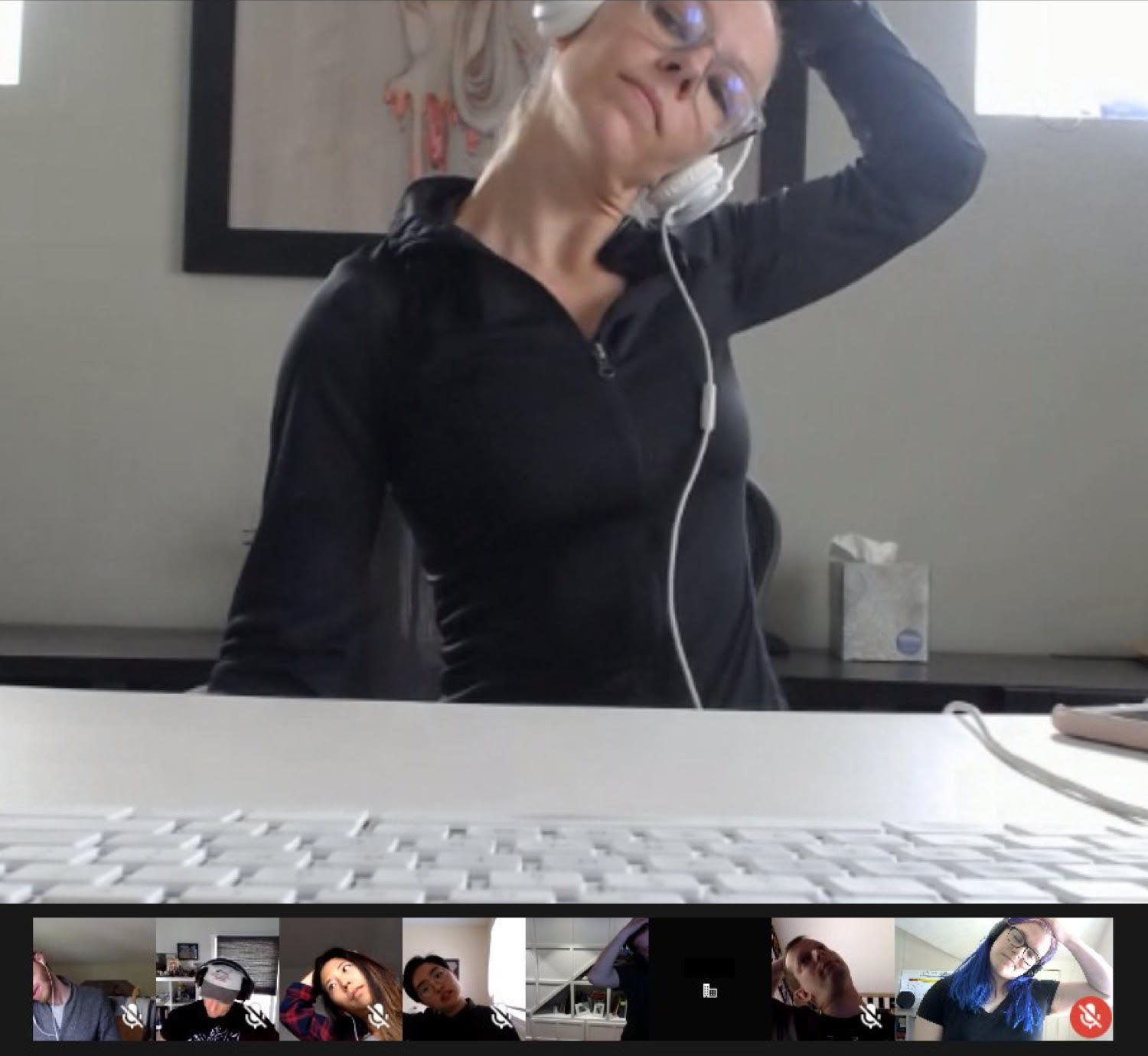
Remote working, though not yet widespread, is rapidly gaining acceptance. Telecommuting is no longer just for the self-employed. Companies and employees alike report the benefits of flexible schedules, work/life balance, and productivity improvements. Some even claim remote work to be the future of work.
So let’s say your team decides to take the plunge and go remote. But you’re new to remote working and don’t know what to expect. What should you do to ensure work gets done and the team stays healthy and happy?
Since 2016, I’ve been working in a first-class remote culture at Stack Overflow and would like to offer some tips from my experience so far.
By the way, if you want to ask for my advice, here’s my profile at Standuply Mentors. Looking for your questions.
Establish a remote-first culture
There’s a difference between being remote-friendly — hiring some workers in a different city or allowing employees to occasionally work from home — and remote-first, meaning you build your whole team around a workflow that embraces the concepts of remote work, whether or not everyone’s remote.
Adding remote team members to an office culture changes how everyone works.
My former employer was ‘remote-friendly’ in that it allowed us to work from home in certain situations (like if we had to wait for the cable guy or a delivery). Here’s what it looked like for me:
⟶ I worked from my dining room table with a spare laptop.
⟶ The company used chat, but it wasn’t fully adopted. In-person conversations ruled the day, so I missed a lot of decisions while not in the office.
⟶ I’d phone into meetings using my personal phone and whatever earbuds I could find. I’d spend the first few minutes troubleshooting the conference call software and the rest of the meeting trying to figure when I could speak up without interrupting someone.
Simply put, the company had a strong office culture and didn’t prioritize remote working. When there aren’t many remote employees and no policies or tools in place to accommodate them, these employees become lesser contributors, no matter how senior their job title.
Stack Overflow has around 300 employees. About 40% work remotely and the rest work in an office (Stack has offices in NYC, London, and Munich). Most of the product and engineering teams are remote, including my entire design team.
At Stack Overflow, remote workers are not treated as second-class citizens. Everyone’s on equal footing, regardless of geography. Someone always goes up to bat for the remotes. If the company can’t find a practical way to include everyone, we don’t do it.
⟶ Folks in the office are provided nice desks, chairs, and high-speed internet? What about the remotes? Remote workers are provided the same equipment for their home office.
⟶ Having a meeting? What about the remotes? Instead of holding it in a conference room and piping in remote folks as giant heads on a TV screen, have everyone use video chat, even if they’re in the same office. This ensures everyone’s on equal footing.
⟶ Making a decision? What about the remotes? Instead of making decisions in hallway conversations or over lunch, make them in chat, Google Docs, and other web apps so that everyone’s tuned into what’s happening.
⟶ Having a party at the office? What about the remotes? If remote folks can’t make it, give them a few hours off to enjoy themselves wherever they are in the world.
⟶ Have swag at the office? What about the remotes? Make sure to factor in shipping costs so they all get swag too.

This creates a culture where remote members feel involved and office folks know what remote folks are up to. Everyone is treated the same and information is visible to everyone, regardless of geographic location.
If one person’s remote, everyone’s remote.
Give folks the tools they need to succeed
With a good remote communication culture in place, employees need tools so they can succeed at their job.
It can be harder to get things done when you’re not sitting next to each other, so remote folks need tools geared towards remote work.
Resist the urge to give remote folks at laptop and send them on their way. What works for an office worker won’t necessarily translate well for a remote worker.

Stack Overflow helps each remote employee furnish a home office, including a computer, adjustable desk, chair, and a small stipend to help cover things like Internet and utilities. If an employee prefers working from a coworking space instead, the company kicks in some money to cover the membership costs.
When it comes to tools, here are a few we use to make our remote lives easier:
⟶ Google Docs: Google Docs’ document structure makes a ton of sense for remote teams. Everything is in the cloud, accessible and searchable by everyone. With features like multiple editors, comments, and sharing, Google Docs was built for remote collaboration in ways that Microsoft Office was not. We use Google Docs to write functional specs, brainstorm ideas, make announcements, document company processes, and much more. Dropbox Paper is a good option here too.
⟶ Slack: Like many companies, we stay in touch with the chat tool Slack. It’s great for sharing work, asking each other questions, giving status updates, and general chatter (including a healthy dose of GIFs and emojis ?). But chat’s real strength is public conversations (as opposed to private channels and direct messages). When conversations happen in a place where everyone can see them, folks can catch up on what’s going on anywhere in the company and prevents folks from feeling left out.
⟶ Zoom / Google Meet: While many conversations can happen asynchronously, sometimes it makes sense to hop on a video call. At Stack Overflow, we use a combination of Zoom, Google Meet, and Slack Video Conferencing. I find that Zoom is great for large meetings and has the best video quality, but really like how Google Meet makes it easy to spin up a spontaneous meeting and share your screen (something Zoom still hasn’t nailed).
⟶ Stack Overflow for Teams: Shameless plug, but we use our own product to document technical knowledge and culture. It’s our way of removing information silos and documenting information and tribal knowledge that previously got lost in chat or email.
⟶ Standuply: My team hold synchronous standups once or twice a week over video chat, but we use Standuply the rest of the time. Using Standuply allows us to hold status meetings asynchronously and removes the daily burden of finding a meeting time that works for everyone across time zones.
⟶ Figma: Similar to Google Docs, Figma’s document structure lends itself well to remote teams. Multiple people to edit a Figma file simultaneously, so folks can jam on designs together without being in the same physical location. It’s also easy to directly share Figma documents, which we use for everything from socializing the latest design iterations in chat to holding a design critique.
⟶ Netlify: We work in GitHub and every pull request is matched by a preview URL from Netlify. These branch preview links allow anyone to preview this work-in-progress without logging into or setting up our design system on their computer. It’s like Netlify creates a public dev server for us. Super handy for remote teams since we can’t call someone over to our desk to look at something we’re working on. Instead we can grab these branch preview links and drop them into chat or doc.

Remote tooling has come a long way in the last few years. For our product and engineering team at Stack Overflow, there’s almost nothing we can do in person that can’t be replicated in a distributed setting.

We’re even able to do things like group sketching sessions that involve a group of people brainstorming ideas using pen and paper.
Embrace flexibility but have overlap
One of the great things about working remotely is flexibility. People can be in different time zones, work different hours, and take breaks in the middle of the day.
Since people are not always working the same hours, remote teams rely a lot on asynchronous communication, the type of communication that occurs when participants aren’t necessarily online at the same time. Think: sending an email and waiting for a response.
But when done asynchronously, conversations that might take a few minutes in real-time can take days. Everything happens faster with synchronous communication that’s more common in an office. Things like brainstorming around a whiteboard or popping into someone’s office to ask a quick question.
With regards to remote work, the key is to embrace both synchronous and asynchronous communication.
Our workforce is spread from eastern Europe to Hawaii. Between 10am and 2pm EST, most of the company is working. That’s when synchronous communication really kicks. It’s a popular time to schedule meetings, chat replies are faster, and it’s easier to pull someone into a video chat. This provides us with enough time overlap for those quick and timely discussions.

This time is optimal for more complex tasks like design critiques and shipping big features, like when we shipped a complete redesign of email preferences with team in six time zones.
The mix of synchronous and asynchronous communication gives us enough time to focus on deep work while ensuring we have enough overlap to keep everyone on the same page and moving forward.
Anticipate loneliness
Spontaneous conversations at work are really important. Idle water cooler discussions or going out for lunch together are great ways to bond with coworkers. But on a remote team, we can’t just meet at the coffee machine and make idle conversations.
It feels common to create Slack channels for non-work interests, and Stack Overflow is no different. We have channels for Game of Thrones, rock climbing, the World Cup, and Spanish language learners. They’re good for a quick distraction but are not enough on their own.
Stack Overflow tries to recreate fun office stuff in a remote capacity to encourage folks to interact with each other outside of meetings and project work. Here are a few things we do to avoid the loneliness that often comes with working remotely:
We have “Remote Beverage Bashes” each week. Employees grab a beverage of their choice and just chat. Folks can pop in to say hi or stay for the entire thing. We rotate the time so folks can join the ones that work best in their timezone (It’s always 5 o’clock somewhere!).
We have Stack Roulette, where folks are paired with two other employees from different parts of the company. The rules are similar to the bev bash; the idea is to meet folks outside your immediate team and just chat. Things like Donut productize this.
https://twitter.com/TedGoas/status/1208223991225344001
Stipends are offered to folks who can’t attend the office holiday party.
Stack Overflow’s offices each have a holiday party in December and remote folks located nearby are invited. Folks that are located too far away are offered a stipend to create their own festivities, whether it’s a nice night out with their partner or just a big dinner for the family.

We generally prioritize non-work-related communication on a regular basis. One example is our weekly design meeting, where we end with a fun activity: Anything from a pub quiz to Taboo (the party game) to non-dominant-hand self-portrait. We rotate the schedule so everyone gets a chance to lead the meeting.
The next time I lead the meeting, I’m gonna ask my team to describe their weekend plans using only emojis. I bet we’ll get some laughs out of it 🙂
Get together at key moments
There are so many ways to stretch video and chat so it feels almost like being together, but overall I’ve found it harder to build repertoire with coworkers on a remote team. There are also a few things I’ve found are better done in person than remotely. So actually being together once in a while is important.
Once or twice a year, Stack Overflow brings it’s employees together for a few days of face time. While we do talk about the company and projects, the focus is on camaraderie, not profits. “Once a year, we meet together for one week so we work well together the other 51” is the saying… or something like that.
There are a few different kinds of meet-ups:
⟶ Company meet-ups: These exist as a way for the whole company or large departments to get together. By having the larger team together, folks are encouraged to have interactions that we don’t normally have on a day-to-day basis. We celebrate successes, challenge each other for the coming year, and spend time getting to know folks outside our team.
⟶ Team meet-ups: A smaller meetup where there’s more time for each team to go into detail about things that affect the immediate team specifically.
⟶ Conferences: Sometimes a few of us attend the same conference and make a mini-meetup out of it.

Getting together reminds us of the people we work with. The actual human beings behind the camera and avatar.
It’s always fun meeting folks I’ve worked with for months and learning how tall they are ?.
Wrapping up
Tie this all together and you get a team of remote workers who can do their job effectively in a remote setting, and feel recognized, heard, and psychologically safe in a distributed team.
I feel extremely privileged to be able to work remotely. I lucked into a career that lends itself well to working remotely. Most aren’t as fortunate.
I don’t know if remote is the future of work, nor is it a good fit for everyone. I tend to agree with Mike Davidonson when he says remote work is neither the greatest thing in the world nor the worst. However for teams whose work can be done over the Internet, remote work is definitely something that can scale.
If it’s something your team is considering, I hope this article gives you a few ideas on how to do it well. Thanks for reading ✌️

